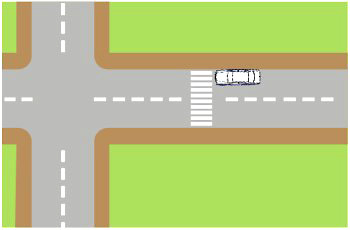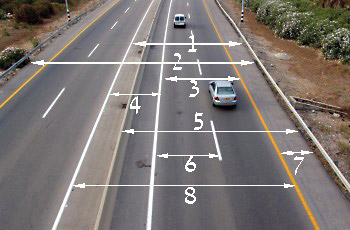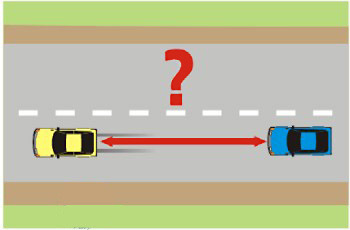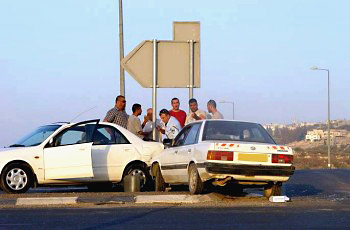Question:1
Who is authorized to repair or set a taxi meter?
Category : Rules and Regulations
Question:2
How many glass breaking hammers must be placed on a bus?
Category : Rules and Regulations
Question:3
In a student transport minibus, student boarding and dropping is performed:
Category : Rules and Regulations
Question:4
Driving downhill in neutral gear:
Category : Rules and Regulations
Question:5
For how long should a bus stop in a bus stop?
Category : Rules and Regulations
Question:6
Is it permitted to make changes in the vehicle’s design or type?
Category : Rules and Regulations
Question:7
Where inside a vehicle should the reflective traffic vest be placed?
Category : Rules and Regulations
Question:8
During “light time”, when are you permitted to use the vehicle’s high beam?
Category : Rules and Regulations
Question:9
Is it obligatory to obey the directions and signals of a military policeman, even when a certain direction or signal is opposed to the traffic signs?
Category : Rules and Regulations
Question:10
What is the correct way of driving downhill?
Category : Rules and Regulations
Question:11
What type of insurance covers the damage that is caused to other vehicles?
Category : Rules and Regulations
Question:12
Who is exempt from paying taxi fare?
Category : Rules and Regulations
Question:13
At what distance from a pedestrian crossing is it prohibited to stand a vehicle?

Category : Rules and Regulations
Question:14
Is it permitted to stop or park a vehicle after a pedestrian crossing?
Category : Rules and Regulations
Question:15
If a vehicle stops on a road without a pavement when is there an obligation to wear a reflective traffic vest?
Category : Rules and Regulations
Question:16
What are the terms for operating a taxi at the “Ben-Gurion” airport?
Category : Rules and Regulations
Question:17
It is prohibited to stop or park a vehicle before and after a level crossing, within a distance of:
Category : Rules and Regulations
Question:18
The following illustration shows a wide road. Which number in it marks a road?

Category : Rules and Regulations
Question:19
When entering a curve and driving through it a driver is required to:
Category : Rules and Regulations
Question:20
When are you obliged to signal before moving out of your lane for the purpose of overtaking?
Category : Rules and Regulations
Question:21
Is it permitted to stop a vehicle alongside a pedestrian guardrail?

Category : Rules and Regulations
Question:22
What is the minimal gap that you should legally maintain from the vehicle in front of you?

Category : Rules and Regulations
Question:23
When is it permitted to use the horn for giving a warning signal in an urban road?
Category : Rules and Regulations
Question:24
Is a taxi driver exempt from wearing a seat belt while driving?
Category : Rules and Regulations
Question:25
Which of the following items must be placed in a passenger bus on city route?
Category : Rules and Regulations
Question:26
What is required from a vehicle driver that passes the scene of a road accident with casualties?

Category : Rules and Regulations
Question:27
When may a driver be in possession of only photocopies of his original vehicle documents?
Category : Rules and Regulations
Question:28
Is it permitted to stop, stand or park a vehicle on a freeway (motorway)?

Category : Rules and Regulations
Question:29
What is a driver required to do when the loading of the braking system’s air tanks takes longer than a reasonable time?
Category : Rules and Regulations
Question:30
When is it permitted to drive in reverse?
Category : Rules and Regulations

